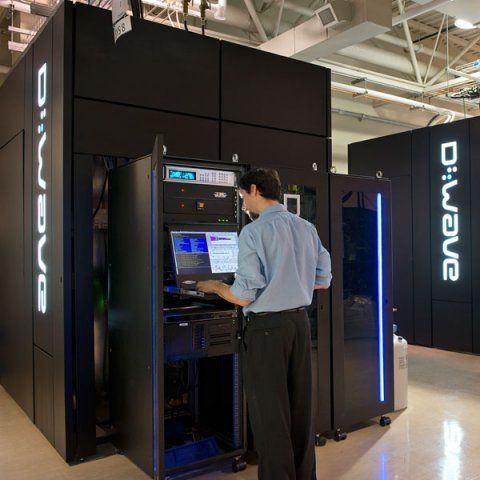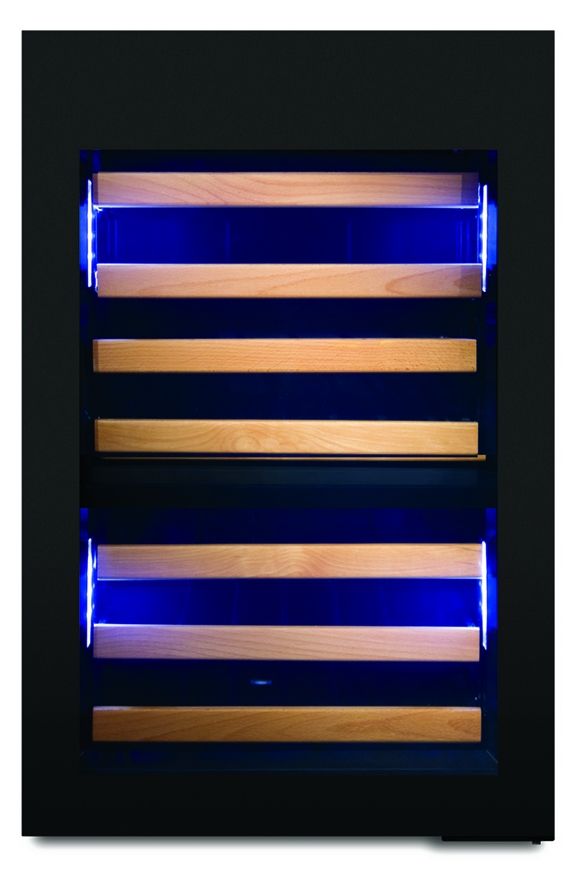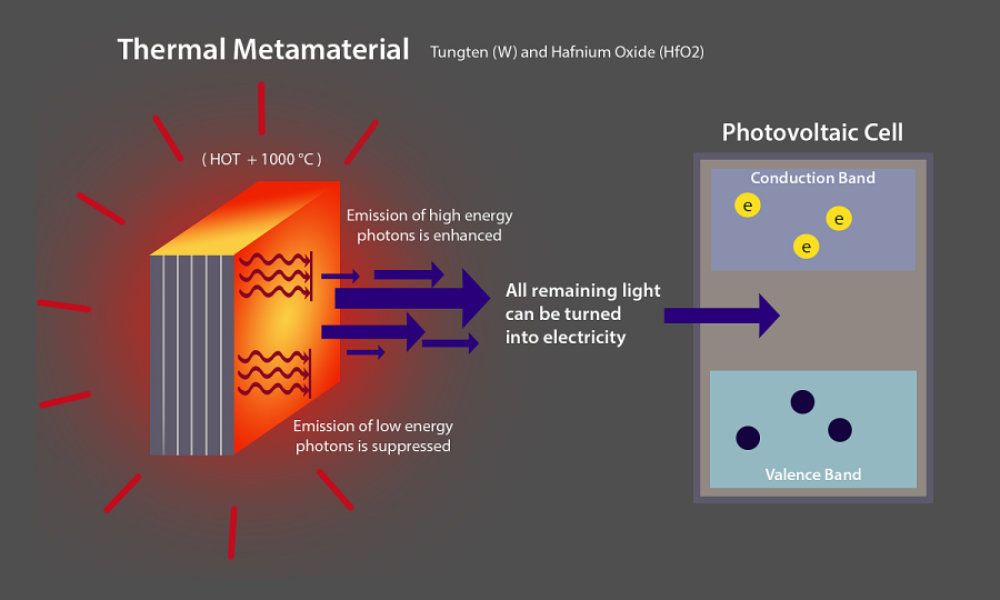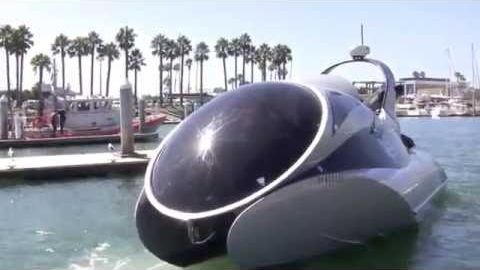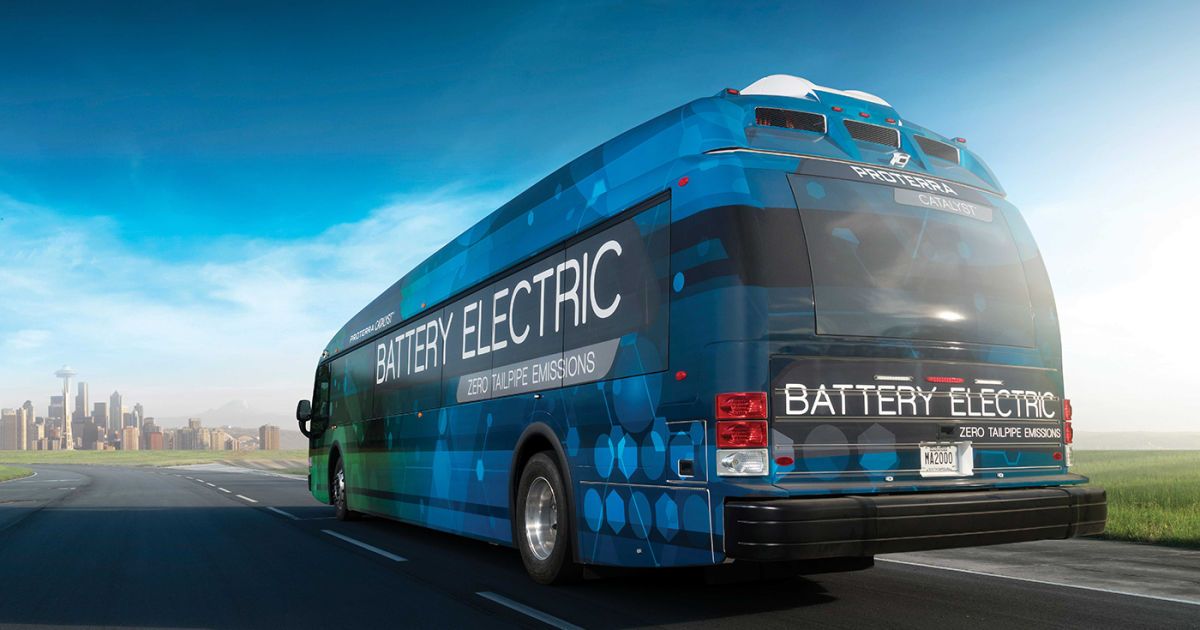Sep 30, 2016
D-Wave Systems previews 2000-qubit quantum processor
Posted by Sean Brazell in categories: energy, information science, quantum physics
D-Wave Systems announced Tuesday (Sept. 28, 2016) a new 2000-qubit processor, doubling the number of qubits over the previous-generation D-Wave 2X system. The new system will enable larger problems to be solved and performance improvements of up to 1000 times.
D-Wave’s quantum system runs a quantum-annealing algorithm to find the lowest points in a virtual energy landscape representing a computational problem to be solved. The lowest points in the landscape correspond to optimal or near-optimal solutions to the problem. The increase in qubit count enables larger and more difficult problems to be solved, and the ability to tune the rate of annealing of individual qubits will enhance application performance.
Continue reading “D-Wave Systems previews 2000-qubit quantum processor” »
